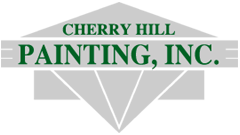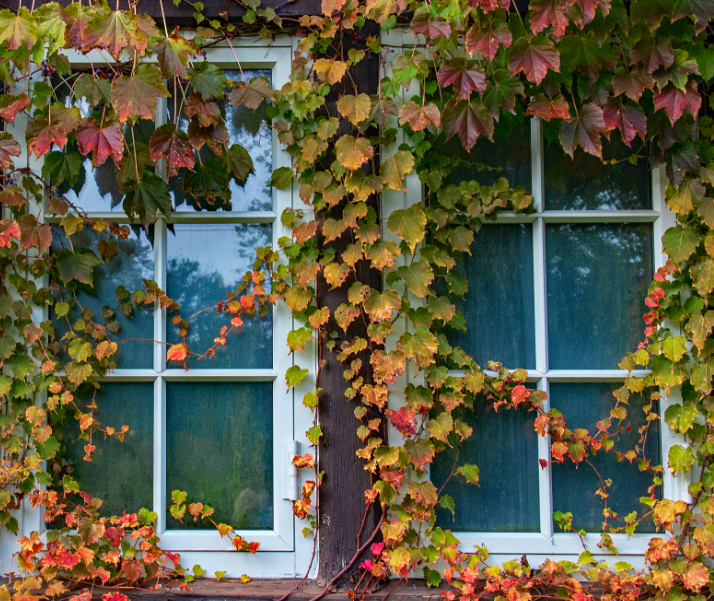At first, it might seem odd to say that the exterior paint on your home is connected to your landscaping. However, the truth is that the health and longevity of your exterior paint is significantly affected by the way you take care of the plants and grass near your home. Also, it is important to remember that if your exterior paint is damaged, it puts your home itself at risk of wood rot, pest entry, mold, mildew, and more.
Vines and Ivy: Exterior House Paint Destroyers!
One of the quickest ways that your landscaping can ruin your exterior paint is when ivy or other vines are allowed to grow up the exterior of your home. The way these plants cling to your siding and trim is like thousands of tiny grasping tentacles. Even if you chop down and pull off the ivy later, this unsightly debris is very hard to remove from the siding.
Additionally, any climbing plant has a tendency to cause paint to lose adhesion, leading to early paint failure. What’s more, the ivy shades the siding from the sun in a way that promoted algae and mildew growth.
Finally, the most destructive aspect of climbing vines is not primarily a danger to your exterior paint, but to the integrity of the home itself. Small tendrils have a way of creeping into any opening they can find, growing behind your siding and trim. As they grow, those tendrils become thicker vines and do significant damage to your home.
Exterior House Paint Doesn’t Like Shade
While we might love relaxing in the shade, our home exteriors actually need to get a bit of sunlight. If you have any areas where your trees or shrubs give constant shade to the home, you are likely to end up with algae or mildew on the siding. Here in New Jersey, this is especially prevalent on the north side of your house.
The solution is not to cut down all of your plants, but just to trim them in a way that more light can reach the siding. This allows the siding to dry better, and helps to reduce fungal growth.
Other Thoughts about Exterior Paint and Landscaping
Besides sunlight, your siding also needs air circulation. If you have any bushes or shrubs growing right next to the exterior paint, this traps moisture and prevents air flow. Trim them back to give your home some space!
An additional benefit to trimming back your bushes and trees is that they don’t scrape against your exterior paint when the wind blows. Otherwise, branches that repeatedly rub against your home will cause scuffs, scrapes, and other damage.
Finally, think about your sprinklers. Make sure that any irrigation system you use is oriented in such a way that your exterior paint is not getting sprayed. This is important for the health of the building materials as well.
Cherry Hill Painting
If you have any questions about exterior painting, we would love to be of service! Cherry Hill Painting has been working with clients in New Jersey and the Philadelphia area for over 50 years. We provide exceptional craftsmanship and attentive customer service.
Our areas of expertise include exterior painting, interior painting, kitchen cabinet refinishing, wallpaper removal, and much more. Please feel free to contact us for a free estimate for your next painting project. We will be delighted to provide you with helpful information, with no pressure or commitment for you to sign anything. We look forward to meeting you!

